Grow food in a greenhouse - the basics on how to get started
As a native Californian transplanted into a much cooler climate (Western Quebec), I find myself mourning the loss of fresh local seasonal fruits and veggies all year long, which I understand is a first world problem on a few different levels.
All that to say, that I often get to dreaming about and researching what's possible with year round cold climate solar greenhouses. In doing so, I recently stumbled upon Ceres Greenhouse Solutions and was immediately taken with their blog. Be still my beating heart - right here, in this one place, I had found a comprehensive wealth of knowledge on this very topic.
Can you imagine how excited I was when they agreed to let me republish some of their instructionals here? Very. I was very excited. What follows is an introductory piece on year round solar greenhouses originally written by Lindsey Schiller for Ceres Greenhouse Solutions.
1.) Orient the greenhouse to the south.
Starting with a location that gets enough light with Southern orientation is the essential first step to creating a super-abundant greenhouse. The North side can be used as a storage / potting shed or chicken coop (shown below).
 |
|
|
2. Insulate your greenhouse for better production
Insulate the North wall and some of the East and West walls to reduce heat loss and grow year-round. How much insulation is right? It depends on your climate and what you'd like to grow.
3. Insulate your greenhouse foundation.
Heat can escape through the floor just as it does through the walls and roof. For that reason, it's extremely important to insulate around the perimeter of the greenhouse. You can do this by insulating around your foundation, or simply installing perimeter insulation underground. This also connects the greenhouse to the thermal mass of the soil underground, which you can use to heat and cool the greenhouse via a ground to air heat transfer system.
 |
|
Foundation skirt insulation © Bang On Photography
|
4 & 5 Choose the right glazing.
4.To keep your greenhouse warm enough in the winter, and get enough light for year-round growth, you want to maximize light and heat during the winter months. You can do this by choosing a glazing material with a high light-transmittance, like clear glass, on vertical South faces. For maximum performance, you can also angle South-facing glazing to increase light transmittance in the winter (shown below).
 |
|
Greenhouse windows © Ceres Greenhouse Solutions
|
5. In the summer you can help keep your greenhouse cooler by using a material with a lower light transmittance on the roof. We recommend hail-resistant polycarbonate plastic with at least 2 air pockets for insulation.
6. Use thermal mass to extend your greenhouse growing season
An extremely important part of solar greenhouse design is planning enough thermal mass, either via water, masonry or soil underground. This can be as simple as adding water barrels or you can upgrade by incorporating a Ground to Air Heat Transfer (GAHT) system. Even a small greenhouse collects as much as 62 million Btus of solar energy year-round... the equivalent of $1,634 worth of propane. A GAHT system allows you to store this energy underground, and use it to heat the greenhouse. Stay tuned for some more metrics on our GAHT system performance, and calculating how much thermal mass you need.
7. Maximize natural ventilation
Greenhouses need ventilation year-round, even in the winter. You can provide this energy-efficiently by using well-placed vents: intake vents lower and exhaust vents higher to take advantage of the fact that warmer air will rise.
We recommend installing circulation fans to keep air moving on cold days when ventilation is limited. This helps reduce pest problems and ensures stronger, healthier plants. Beyond that, make sure you build healthy soil in your greenhouse, whether growing in the ground or in raised beds. More to come on soil tips.
Recent projects:
 |
|
© Ceres Greenhouse Solutions
|
Now you know the basics on how to set up a greenhouse for maximum food production, find more DIY home projects and gardening advice in the Ecohome Building Guide and in these pages :
Find out more about the benefits of a free Ecohome Network Membership here. |
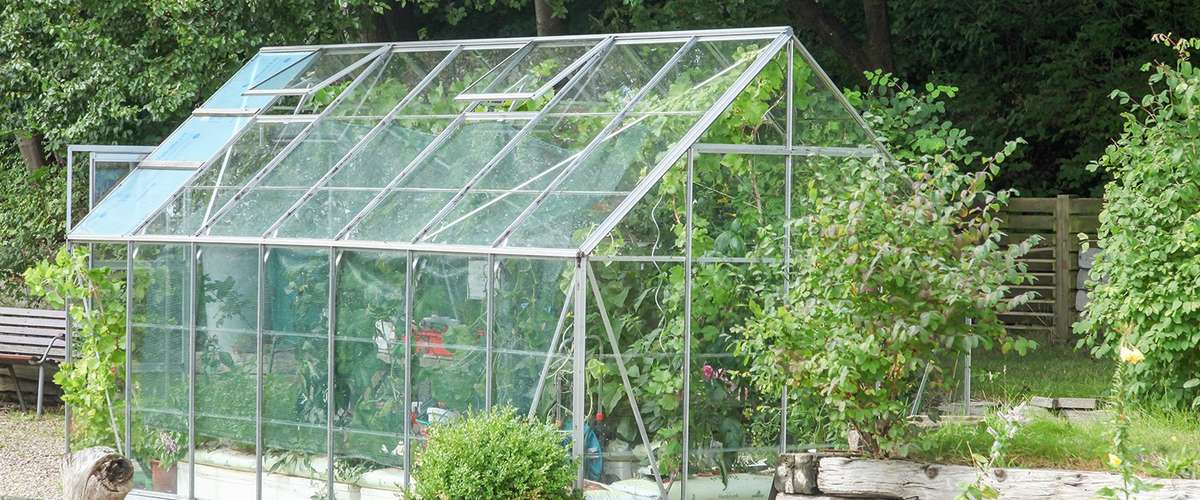















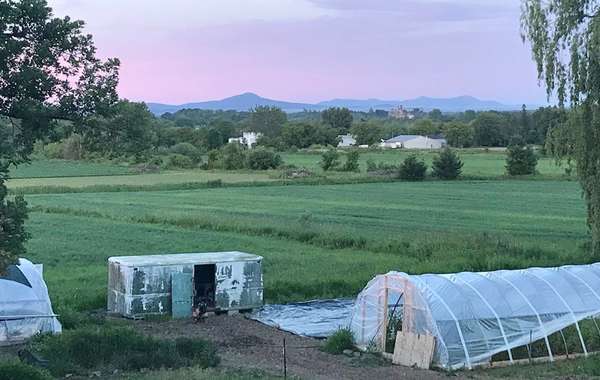
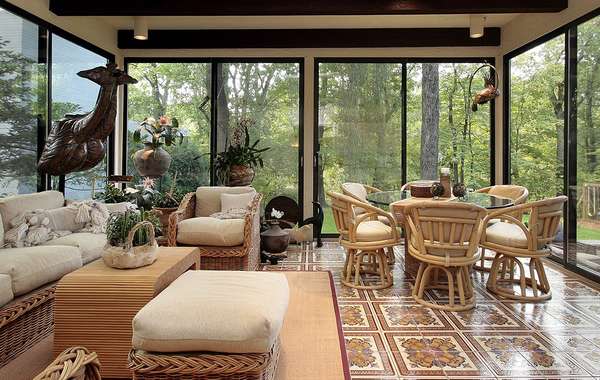


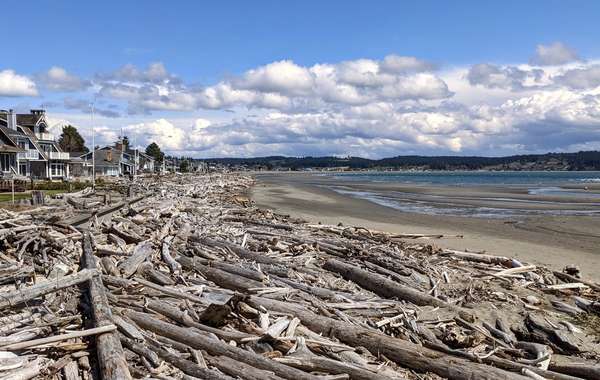

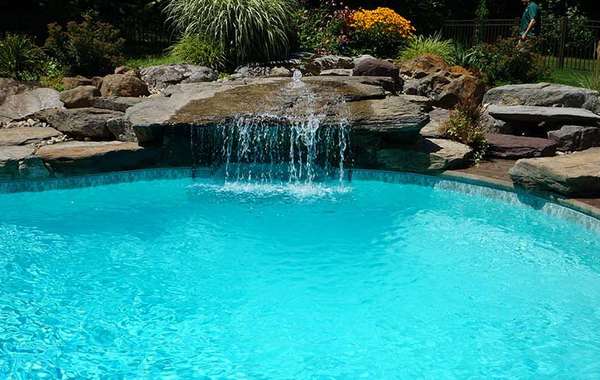



Comments (0)
Sign Up to Comment